GardenersHelper
In Memoriam
- Messages
- 6,344
- Name
- Nick
- Edit My Images
- Yes
A discussion at another site led me to think more carefully about my diffusers, and specifically about whether they are producing a problematic colour cast. It turns out that they are, and it varies a lot between diffuser setups. It also turns out to be fairly straightforward to deal with, with (for my images at least, and to my eye) clear benefits in terms of image quality. I have written this up in this post in my Journey thread. These images are taken from the session in our garden I used to test a new approach which takes into account the colour cast produced by the diffusers I am currently using for medium sized invertebrates.
The images were captured hand-held with a small (1/2.3") sensor Panasonic FZ200 bridge camera with a Venus Optics KX800 manual twin flash, using autofocus and an aperture equivalent to f/45 on full frame. The last image used a Raynox 250 close-up lens. The others used a Raynox 150. These images are taken from this album at Flickr.
#1
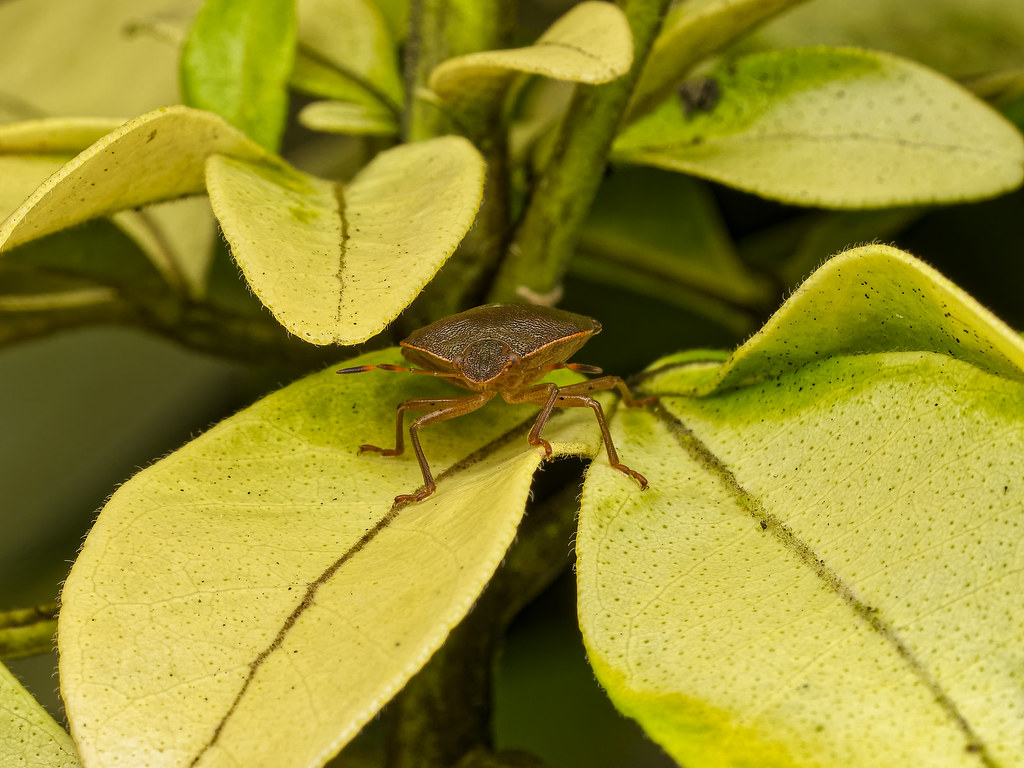
1624 02 2020_03_14 P1040213_PLab3 SP9-Edit LR 1300h by gardenersassistant, on Flickr
#2
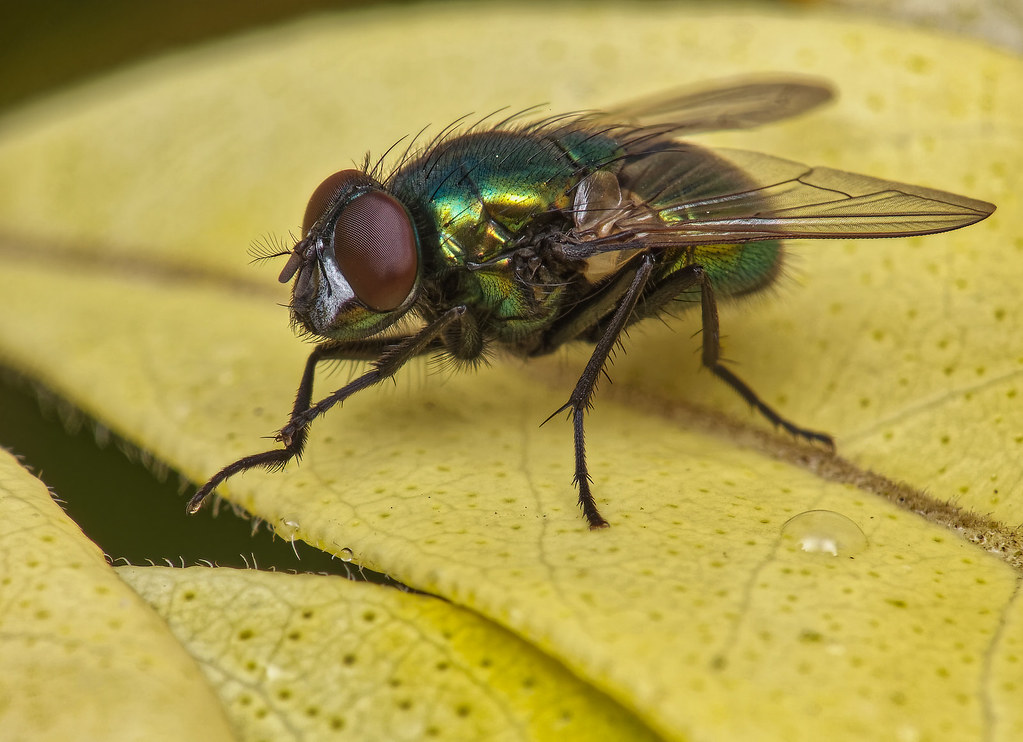
1624 07 2020_03_14 P1040240_PLab3 SP9-Edit LR 1300h by gardenersassistant, on Flickr
#3
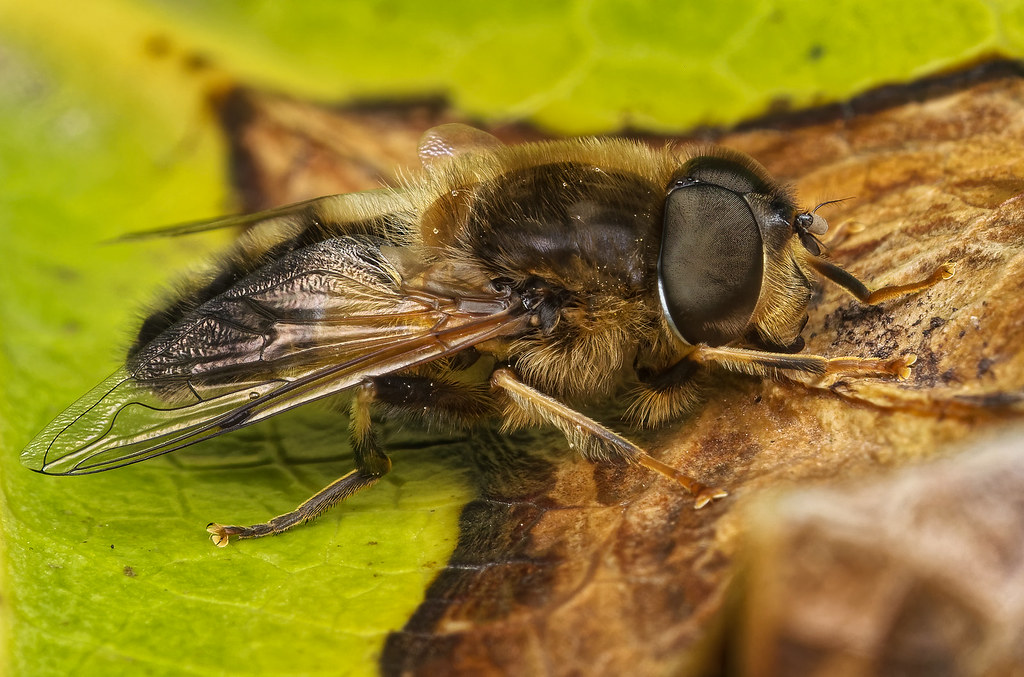
1624 17 2020_03_14 P1040294_PLab3 SP9-Edit LR 1300h by gardenersassistant, on Flickr
#4 This one was not in good focus and has one of the wings clipped by the edge of the frame, but I thought it was unusual enough to keep anyway. I have used Topaz Sharpen AI with the "Stabilize" setting to try to reduce the impact of the lack of good focus.
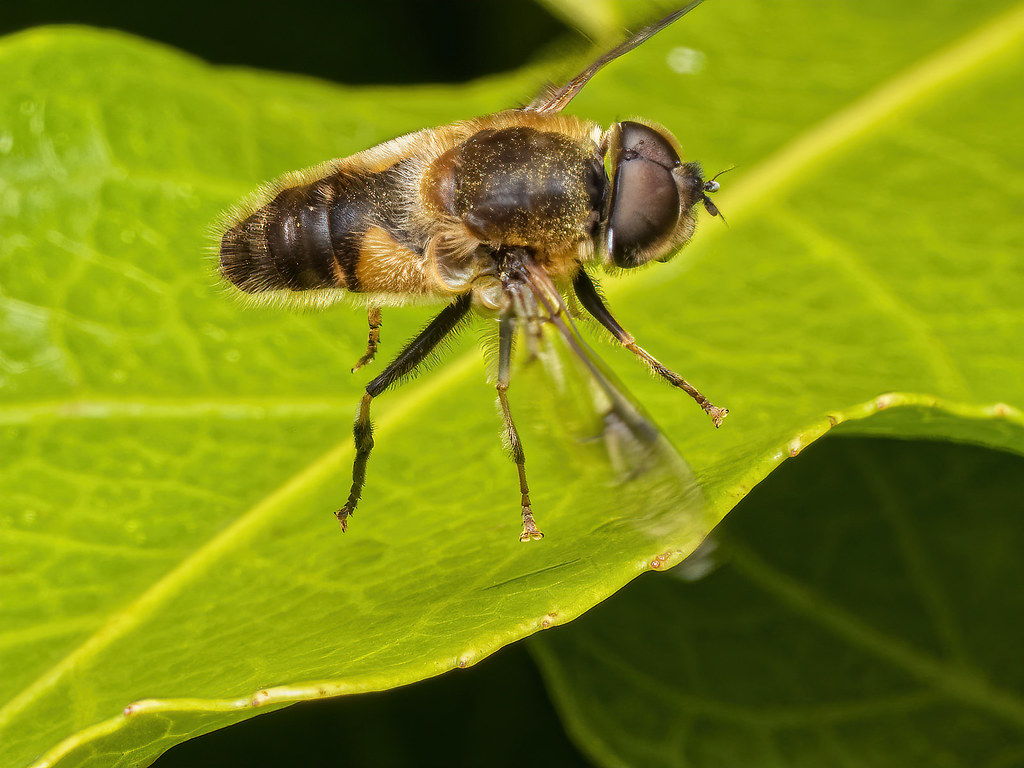
1624 15 2020_03_14 P1040291_PLab3 SP9-Edit LR 1300h AIS-S by gardenersassistant, on Flickr
#5
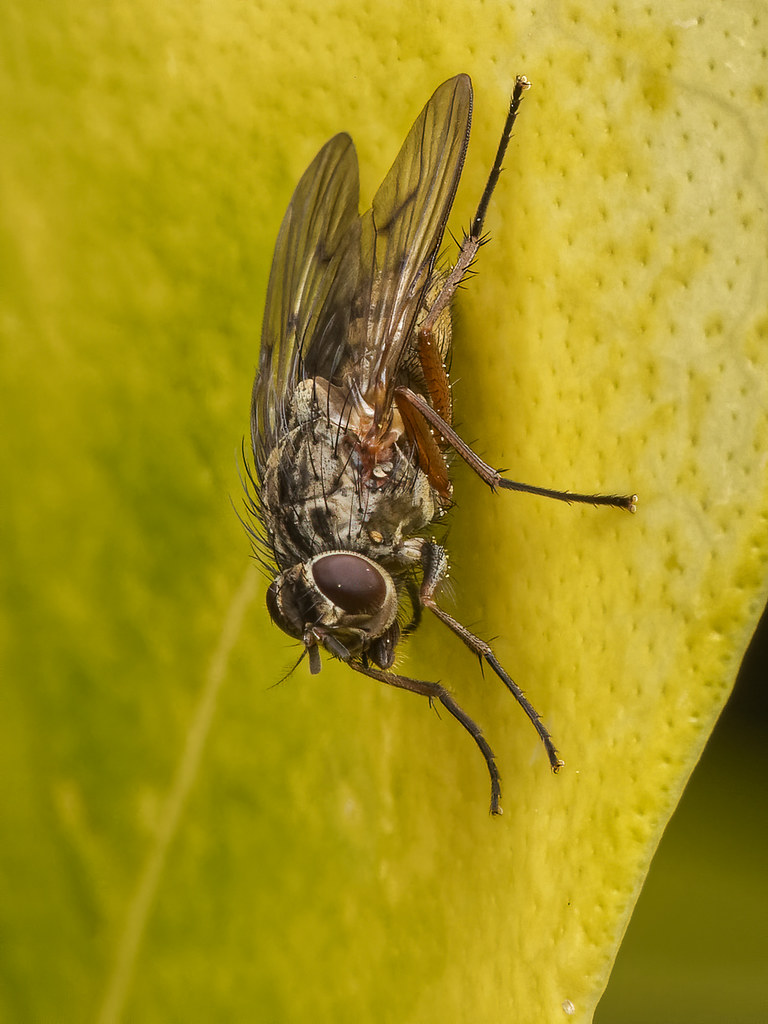
1624 27 2020_03_14 P1040377_PLab3 SP9-Edit LR 1300h by gardenersassistant, on Flickr
#6
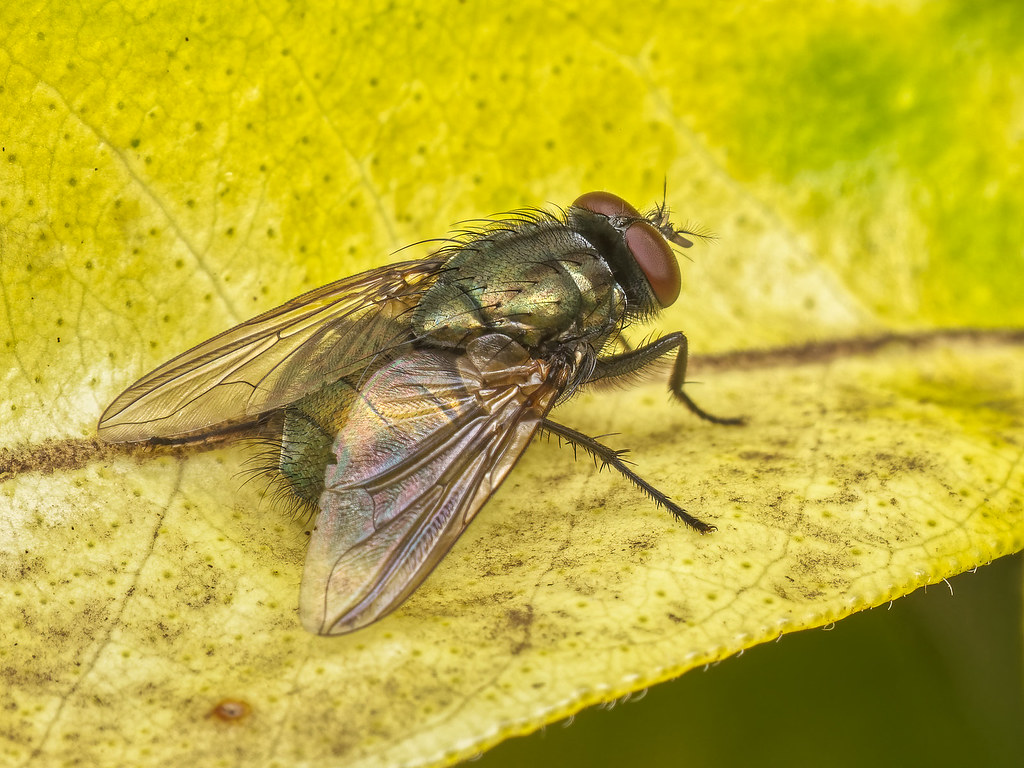
1624 28 2020_03_14 P1040381_PLab3 SP9-Edit LR 1300h by gardenersassistant, on Flickr
#7

1624 29 2020_03_14 P1040386_PLab3 SP9-Edit LR 1300h by gardenersassistant, on Flickr
#8
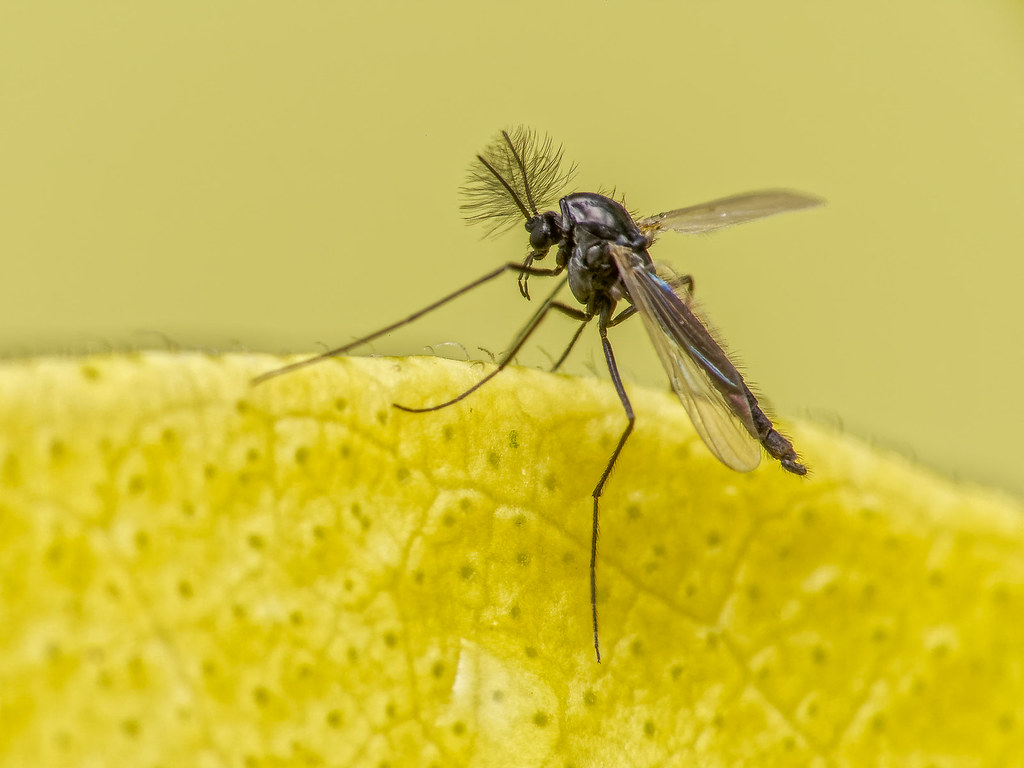
1624 30 2020_03_14 P1040427_PLab3 SP9-Edit LR 1300h by gardenersassistant, on Flickr
The images were captured hand-held with a small (1/2.3") sensor Panasonic FZ200 bridge camera with a Venus Optics KX800 manual twin flash, using autofocus and an aperture equivalent to f/45 on full frame. The last image used a Raynox 250 close-up lens. The others used a Raynox 150. These images are taken from this album at Flickr.
#1

1624 02 2020_03_14 P1040213_PLab3 SP9-Edit LR 1300h by gardenersassistant, on Flickr
#2

1624 07 2020_03_14 P1040240_PLab3 SP9-Edit LR 1300h by gardenersassistant, on Flickr
#3

1624 17 2020_03_14 P1040294_PLab3 SP9-Edit LR 1300h by gardenersassistant, on Flickr
#4 This one was not in good focus and has one of the wings clipped by the edge of the frame, but I thought it was unusual enough to keep anyway. I have used Topaz Sharpen AI with the "Stabilize" setting to try to reduce the impact of the lack of good focus.

1624 15 2020_03_14 P1040291_PLab3 SP9-Edit LR 1300h AIS-S by gardenersassistant, on Flickr
#5

1624 27 2020_03_14 P1040377_PLab3 SP9-Edit LR 1300h by gardenersassistant, on Flickr
#6

1624 28 2020_03_14 P1040381_PLab3 SP9-Edit LR 1300h by gardenersassistant, on Flickr
#7

1624 29 2020_03_14 P1040386_PLab3 SP9-Edit LR 1300h by gardenersassistant, on Flickr
#8

1624 30 2020_03_14 P1040427_PLab3 SP9-Edit LR 1300h by gardenersassistant, on Flickr

